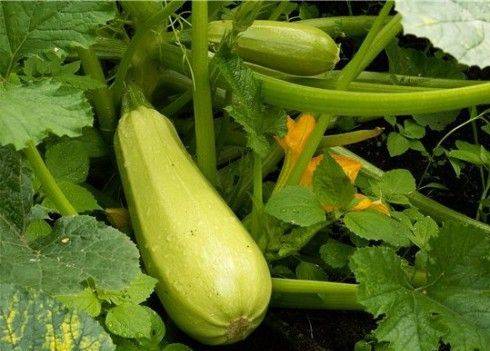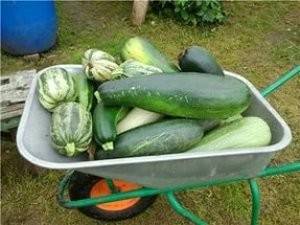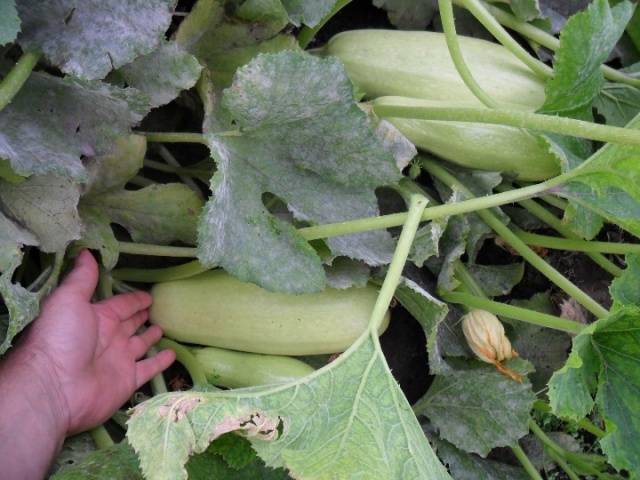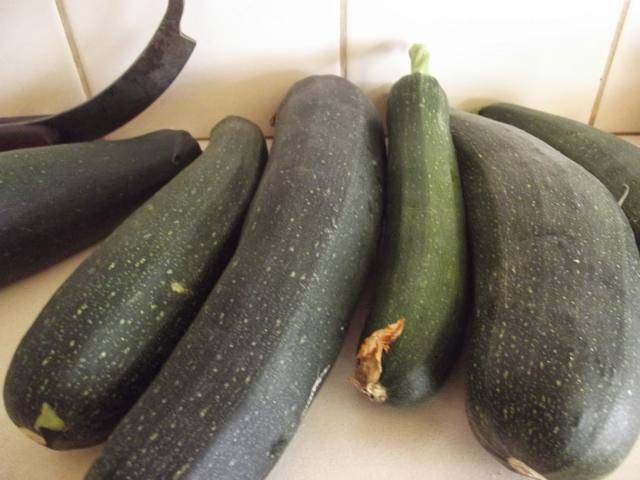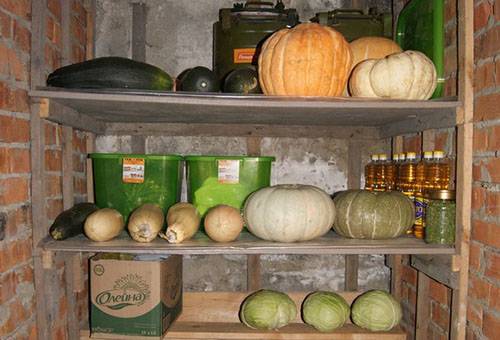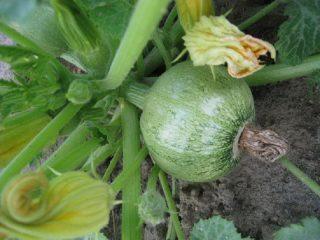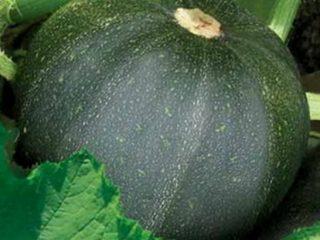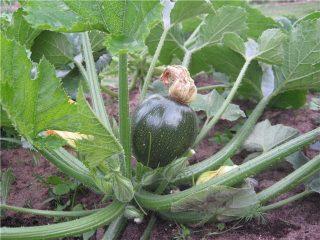Content
Almost every gardener plants several zucchini bushes on the site. They do not take up much space, but the harvest of fruit similar to barrels is always excellent. All summer they are fried, stewed, cooked with zucchini stews, pizza, pancakes and pancakes are fried, pickled, canned, and snacks for the winter are made. Whatever our hostesses come up with. And the zucchini is not getting smaller, they bear fruit until the first frost.
This is where the question arises of how to keep the zucchini fresh for the winter, so that you can please your family with a vitamin vegetable, and not forget yourself if you want to go on a diet. Indeed, a vegetable contains a minimum of calories, and there is a lot of fiber needed by the body. The nutritional and beneficial properties of zucchini are practically not lost from prolonged lying.
Variety selection
The question of how to store zucchini for the winter should be carefully approached even at the stage of acquiring seeds. The fact is that there are varieties with a thin and thick skin. Only thick-skinned specimens are suitable for long-term winter storage.
Experienced gardeners recommend planting several bushes of such, for example, varieties of zucchini:
- The aeronaut belongs to the early varieties. The ripe fruit is in the shape of a cylinder. Dark green zucchini has a shelf life of at least four months;
- Pear-shaped - also an early variety with orange flesh. Keeping quality is high;
- Asset F1 is a large-fruited variety of Dutch breeders. The fruits retain their taste and presentation for a long time;
- Arlika is distinguished by long-term fruiting and excellent preservation of fruits in winter;
- The Negritenok variety amazes with its unusual colors. The peel of the long cylindrical fruits is black-green. The shelf life of fresh zucchini is about two months;
- The variety Yellow-fruited has cylindrical, silvery fruits. The pulp corresponds to the name - yellow. Retains its qualities for up to 3 months.
- Skvorushka has a high yield (up to 20 fruits per bush) and keeping quality.
About the Skvorushka variety:
Of course, we cannot impose our ideas on our readers, we only recommend. But if you want to keep fresh zucchini in the winter, read carefully what is written on the packages.
Harvesting time
The time of harvesting fruits from the garden also belongs to the issue of proper storage of zucchini. This is a heat-loving plant, therefore, if you intend to store it for a long time, you need to remove the vegetables before the first freeze. Otherwise, they will rot in the basement almost immediately.
Pick only ripe vegetables. To determine the technical ripeness and the ability to lie for a long time, you can use the following parameters:
- The skin is thick, if you knock, you get a dull sound.
- The seeds are not quite ripe.
- Not too big.
- No signs of rot or damage.
- With a clear pattern corresponding to the variety.
Zucchini ripening will occur during storage. If you collect overripe vegetables, then after a month of storage they will become loose, unsuitable for culinary processing.
Preparing vegetables for storage
When harvesting, only a sharp knife should be used. Fresh zucchini intended for long-term storage are not recommended to be separated from the bush by twisting. The fact is that the stalk is loosened, which is an additional opportunity for pathogenic bacteria to enter the fetus.
You need to leave at least 5 cm long stalk, which will be a kind of symbol indicating the quality of the stored zucchini.
Harvest zucchini in dry weather. Remove dirt with a dry cloth. You need to put the cut zucchini on some kind of bedding so as not to damage the peel of the vegetables. It is not recommended to put zucchini for storage right away; they should lie in the sun for several hours. After that, the vegetables are sorted out, unripe or defective, and put away for storage. You can leave a few young specimens for consumption at first.
Determining the storage location
Even before harvesting, you need to think about where and under what conditions to store zucchini for the winter:
- in the cellar and pantry;
- in the apartment.
In a cellar or basement
Gardeners consider basements and cellars to be an ideal place. They contain just the temperature necessary for the successful keeping of vegetables - + 4- + 6 degrees.
In addition to the temperature, air circulation and high humidity up to 80% must be provided in the cellar. It is these conditions that are necessary for almost all vegetables.
Since zucchini is harvested when it is still warm outside, they must be identified before being sent to storage in a basement or cellar in a dark, cool place. You can spread newspapers or straw on the rack, and put vegetables in one layer at some distance from each other.
If fungal diseases or parasites were noticed during the previous winter, it is necessary to whitewash with copper sulfate, and then process the room with a sulfur checker.
You can store zucchini:
- Arrange on shelves or put in baskets, boxes, on racks, shelves, placing cardboard, old newspapers, straw. The tail should always be outward, as this is an indicator of the safety of the fruit.
- Place vertically in baskets or parallel in boxes, as in the photo below.
5 - Another original way invented by gardeners is storing zucchini in a nylon stocking: it does not take up space, you can immediately see the problems. But the vegetable will be stored for at least 4 months.
Ventilation holes or shafts are installed in each basement and cellar. Any vegetables, as well as zucchini, should not be stacked next to them. Drafts and cold air are only harmful
Indoor storage
It is much easier for villagers to preserve fresh zucchini. After all, besides the underground, they have pantries, warm canopy. Summer residents living in the city do not have such places. How to store zucchini in this case? Practice proves that for vegetables, the air of a city apartment is quite acceptable for such a procedure. The main thing is to know how to store zucchini correctly.
A place for vegetables should be selected away from batteries and air conditioners. Can't be left zucchini in winter for storage in the bathroom and kitchen: conditions are unsuitable due to high humidity. They will quickly begin to wither and rot.
Many housewives are interested in whether it is possible to store zucchini in boxes next to the front door or in front of the balcony. Of course, in a city apartment this is, although not ideal, but quite a suitable place. It is generally much cooler here than in the rooms. But in this case, the zucchini is either wrapped in newspapers or folded in bags, or cardboard is placed on the shelves. You can even have egg cells. The main thing is to create conditions for storing zucchini so that they do not come into contact with each other.
Although if you watch a video of one of the gardeners, you will see that she uses stacking to store zucchini in winter, and nothing, does not deteriorate:
Storage place - refrigerator
You can store zucchini in the refrigerator.Usually young vegetables are put in it, which should be consumed within three weeks. It is clear that you won't be able to place a lot of vegetables. But the conditions are still right.
You can put them just like that or in paper bags (making a hole for air) on the bottom shelf of the refrigerator or in storage boxes for vegetables.
Let's summarize
We tried to tell you how to keep zucchini fresh in winter. The main thing is to save the harvest by creating the necessary conditions.
Many housewives are concerned about how long fresh zucchini is stored in winter. Typically, zucchini should be eaten within 4-5 months. Then an irreversible process begins in the vegetable: the seeds germinate, and the pulp becomes tasteless, friable. Such zucchini are no longer suitable for culinary delights.
If you have other ways of storing vegetables, please share with our readers.
